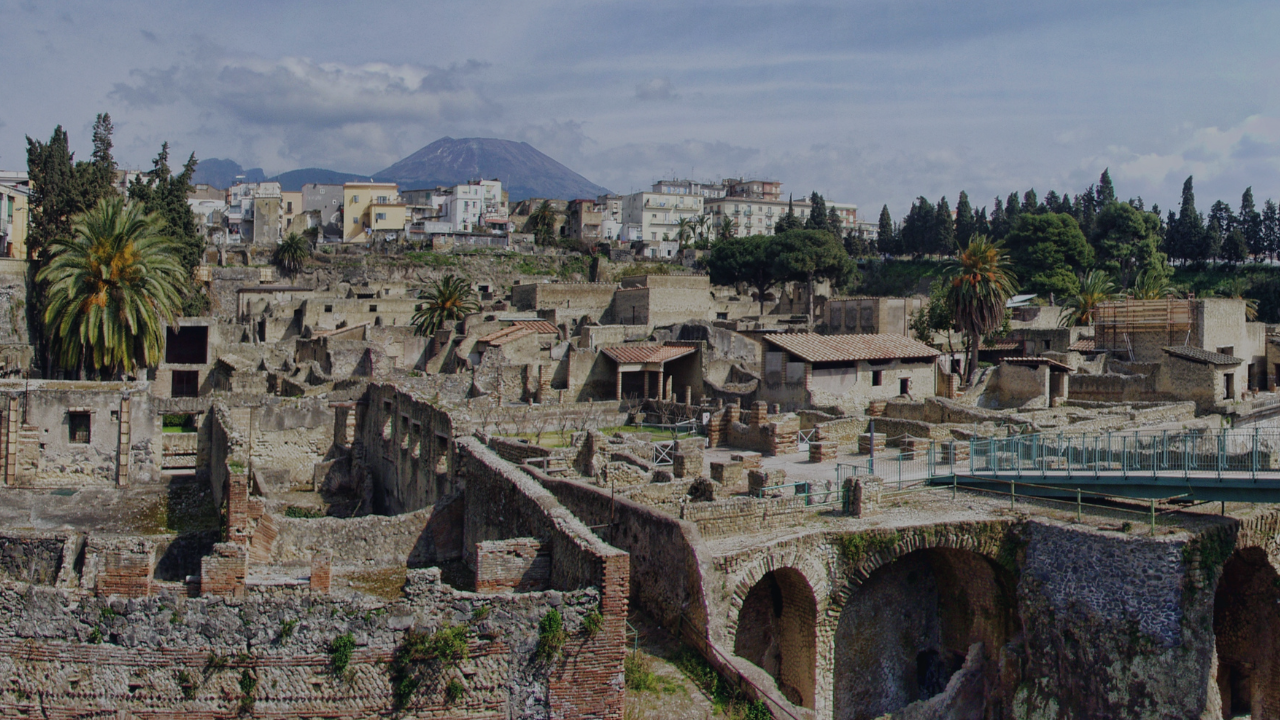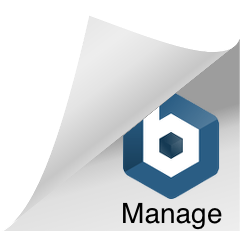Artificial Intelligence is rewriting history. Literally!
In the heart of Herculaneum, buried under several metres of ash and lava from Vesuvius in 79 AD, lay the Villa dei Papiri, a luxurious residence built around 50-60 BC, probably belonging to Lucius Calpurnius Piso Caesoninus, Julius Caesar’s father-in-law. Among its treasures was the only intact library from antiquity that has survived to this day: over 1,800 papyrus scrolls, transformed into fragile charred cylinders.
When it re-emerged in 1752, the Villa fascinated scholars and archaeologists but attempts to open the papyri were disastrous: most of them were lost. For centuries, it seemed impossible to read them. Until, in the 21st century, a breakthrough came thanks to artificial intelligence, X-ray tomography and digital reconstruction techniques.
Leading this revolution is Brent Seales, a professor at the University of Kentucky and an expert in digitisation, imaging and 3D reconstruction of ancient objects. Since 2015 Seales has been working on projects to accelerate up the reading of the Herculaneum papyri. His work inspired Nat Friedman, former CEO of GitHub, who in 2020, during lockdown, became fascinated by the history of Rome while reading “24 Hours in Ancient Rome”. From that curiosity, supported and funded by Seales, the idea for global competition was born: the Vesuvius Challenge.
The first word identified
Founded in 2023, the Vesuvius Challenge has brought together universities, cultural institutions and young researchers from around the world with the common goal of deciphering the papyri of Herculaneum using the most advanced techniques.
In October of that same year, it was identified as the first complete word in one of the Herculaneum papyri: πορφύρας (porphyras, “purple” in English). It was discovered by Luke Farritor, a computer science student at the University of Nebraska-Lincoln, who won the $40,000 “First Letter Prize” for identifying at least 10 letters in an area of approximately 4 cm² of a still-rolled-up papyrus.
A few months later, Farritor, together with Youssef Nader (a doctoral student in Berlin) and Julian Schilliger (a student at ETH Zurich), deciphered over 2,000 Greek letters, winning the $700,000 Grand Prize. The deciphered text is by the Epicurean philosopher Philodemus and reflects on music, pleasure and everyday life.
To date, the project has awarded over $1.58 million in prizes, working with prestigious institutions such as the Bodleian Libraries at the University of Oxford, the Institut de France, and the National Library of Naples.
The future of the project and Elon Musk’s support
The Vesuvius Challenge was so successful that it attracted major supporters. In January 2025, for example, the Musk Foundation donated $2 million, thereby accelerating the development of scanning technologies.
Today, papyri are scanned using particle accelerators and multiple helical acquisitions to achieve a resolution of 9.2 μm per pixel.
This made it possible to scan an entire scroll in under two hours, significantly reducing the required time and paving the way for the digitisation of the 300 surviving papyri.
The challenges ahead
Despite the progress that has been made, there are still two main obstacles.
- Large-scale ‘unrolling’: Still requires weeks of semi-manual work today and incurs prohibitive costs of up to $5 million per papyrus. The aim is to reduce this cost to $5,000 per papyrus, which would make it possible to read the entire collection.
- Ink identification: the techniques used in 2023–2024 are not applicable to all scrolls, since the ink does not always contain detectable metals. Researchers are experimenting with ultra-high-resolution scans and new machine learning models in an attempt to overcome this problem.
Europe is investing in the future.
Europe has also decided to invest in the project. In 2025, the Federico II University of Naples, led by papyrologist Federica Nicolardi, will coordinate the UnLost project, for which Europe has allocated €11.5 million. What is the goal? To improve our ability to read the partially deciphered papyri and to discover completely new texts. Key partners include the National Library of Naples, which holds the papyri, and leading institutions such as the Bodleian Libraries in Oxford and the Institut de France.
This is the largest investment ever made in studying the Herculaneum papyri.
The future written in the past.
The story of the Herculaneum papyri demonstrates how collaboration between technology and humanism can produce extraordinary results, such as open-source algorithms, machine-learning libraries and state-of-the-art scanners. These tools enable global communities of researchers to work together to breathe new life into the works of long-forgotten authors.
Read other articles by spaceO:






